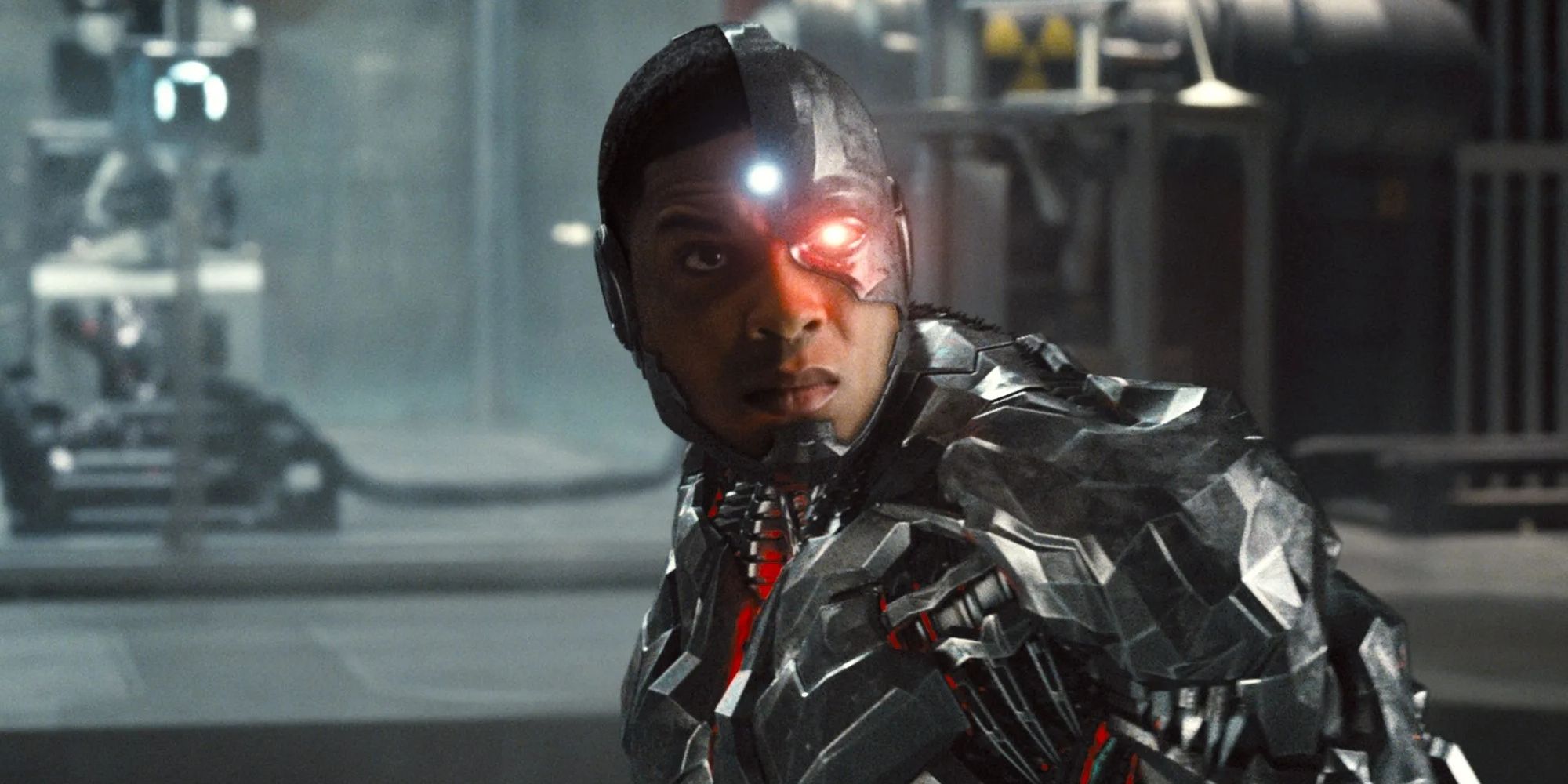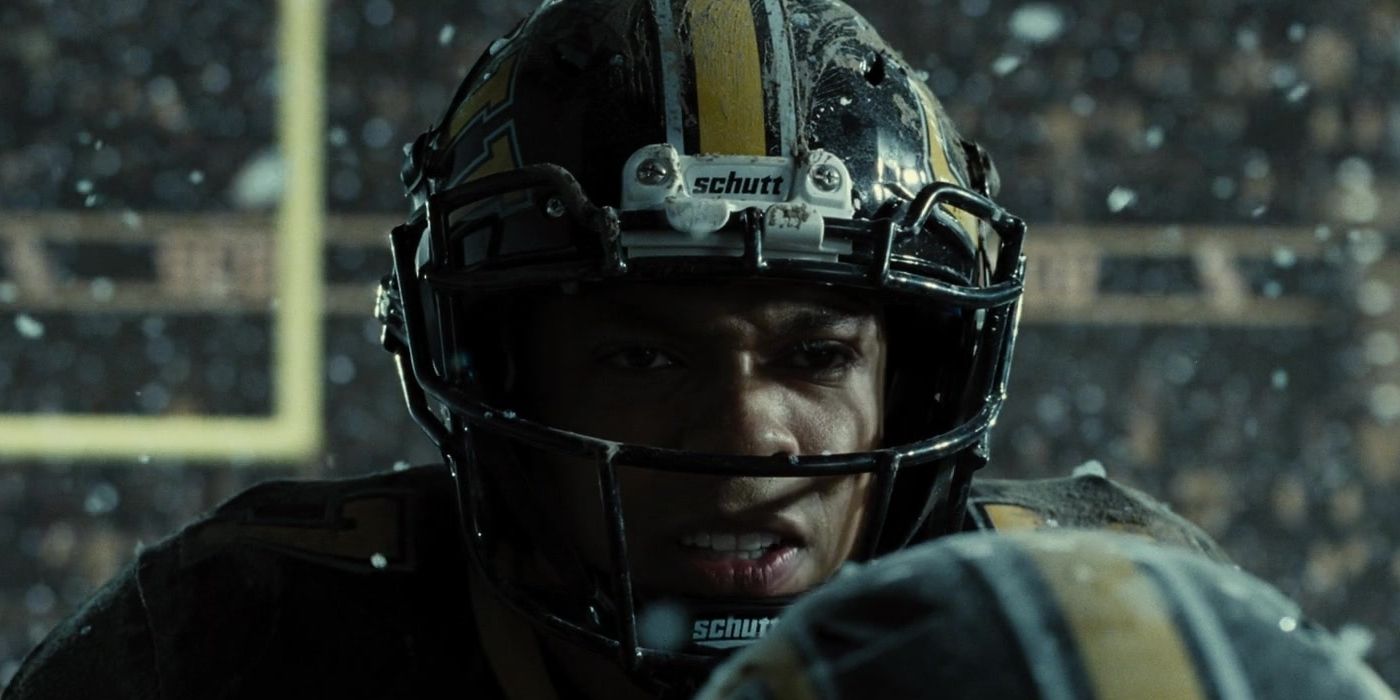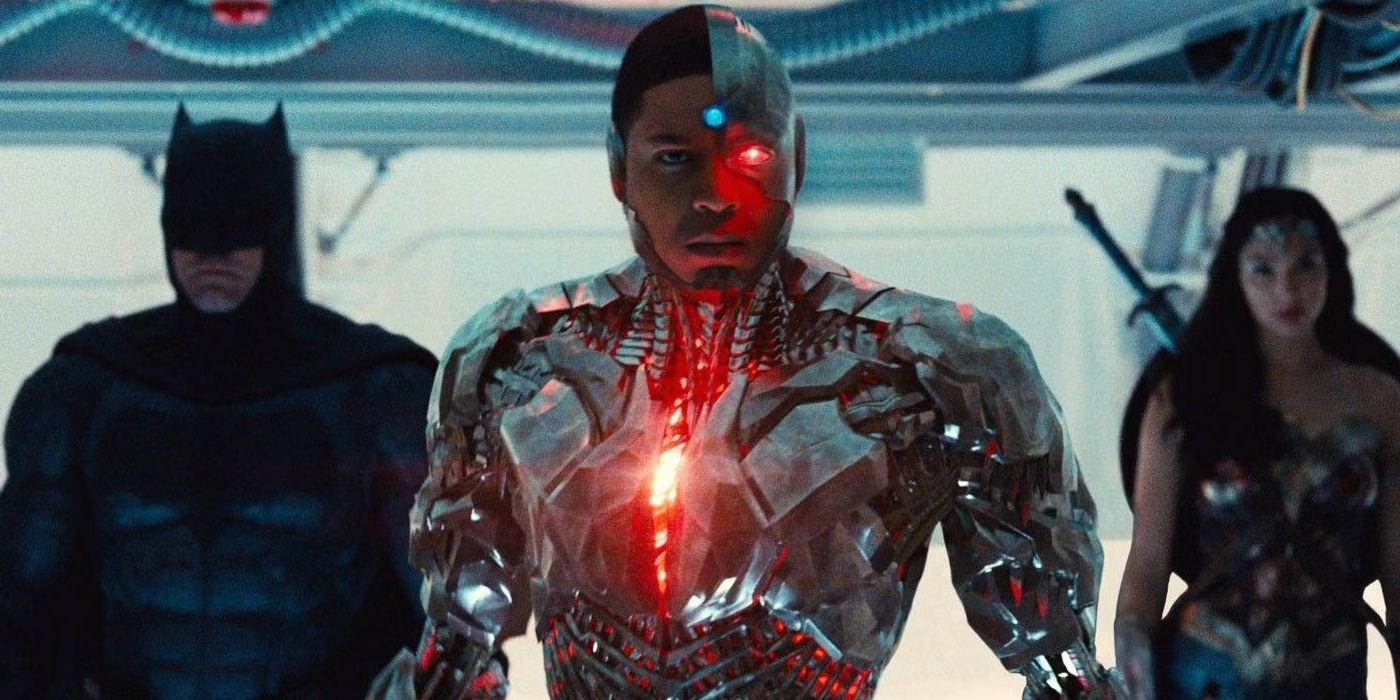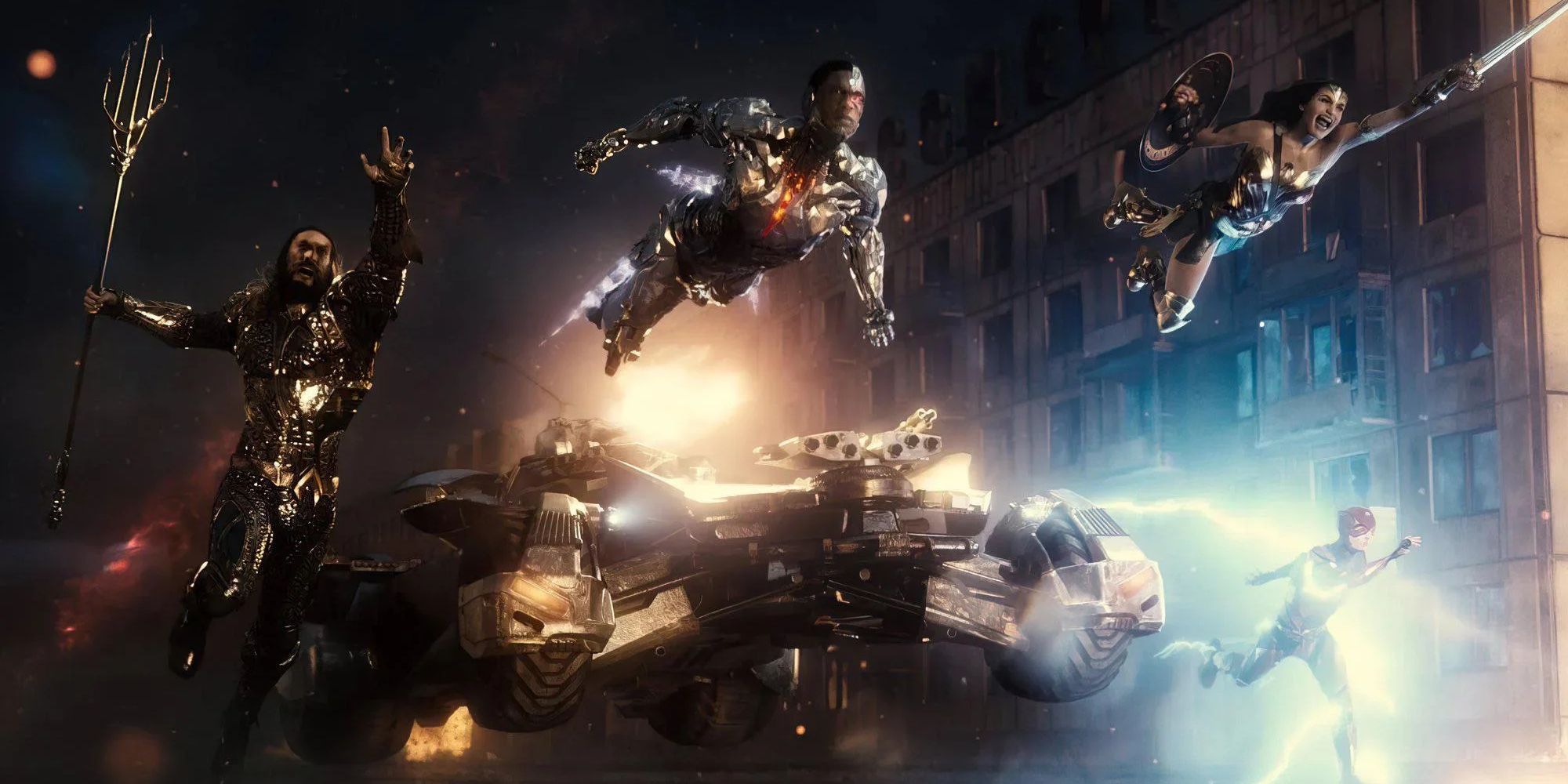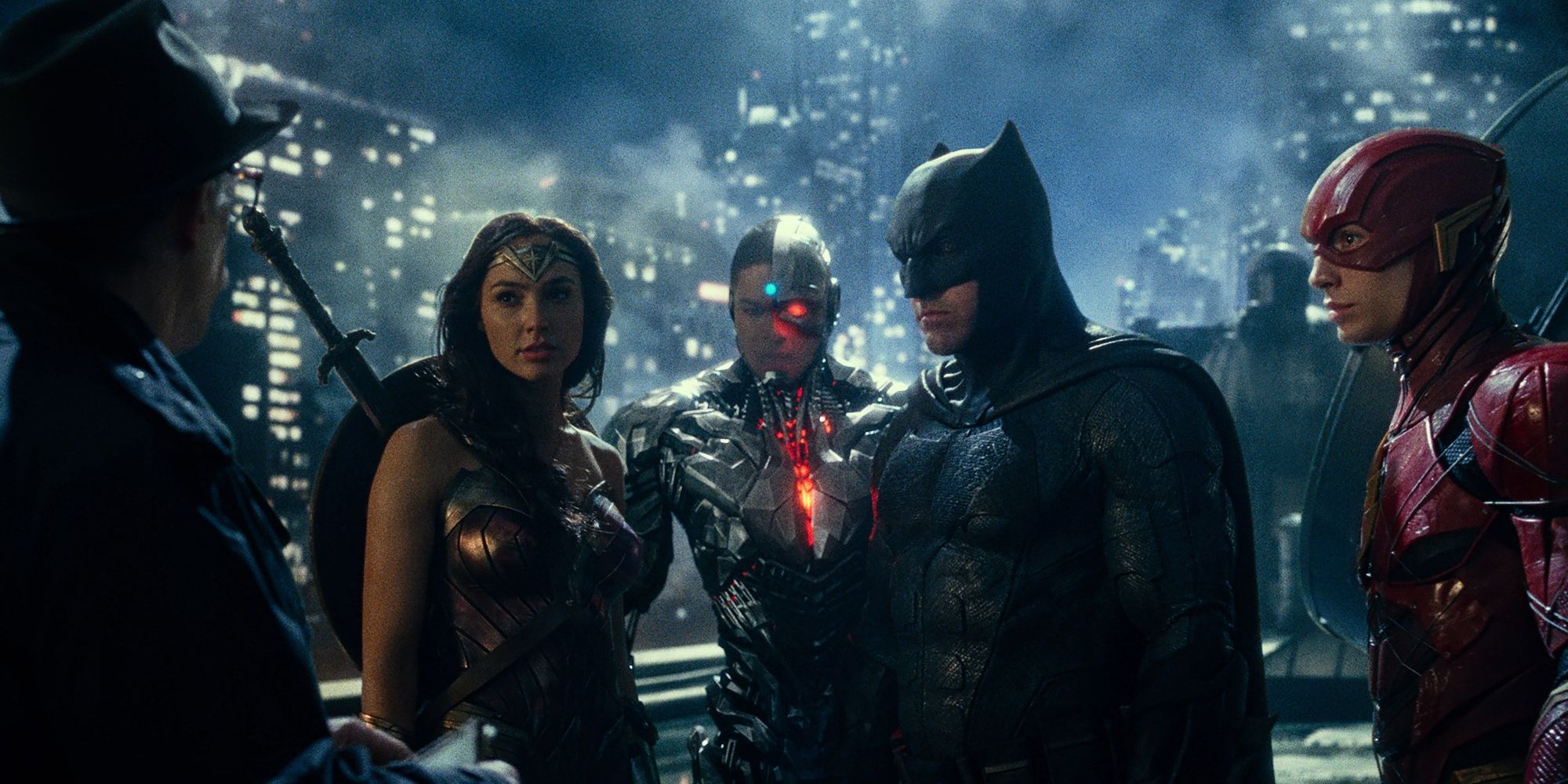Zack Snyder's Justice League, released in 2021 exclusively on HBO Max, brought the director's complete vision to fans and casual viewers alike for the first time. A four-hour, six-part superhero epic, it was as visually engrossing as it was character-driven and emotionally rich. One of the many great takeaways from Justice League was its detailed, empathetic portrayal of Victor Stone/Cyborg: the iconic DC character made popular in the '80s as a member of the Teen Titans.
Played by Ray Fisher, who was briefly introduced as Cyborg in Batman v Superman: Dawn of Justice, Cyborg's arc turned out to be one of the greatest aspects of the film. As general audiences are more or less familiar with most of the Justice League, it was important for Snyder to give Cyborg the time and space the hero deserves to develop fully in his own right. Joivan Wade has portrayed Cyborg on the small screen in Doom Patrol since 2019, but this was the first time the young hero got his due in live-action, cinematic form.
Zack Snyder's Justice League Takes Time To Develop Cyborg's Past
Just like the film visits each member of the team and carefully establishes everyone's individual histories, Zack Snyder's Justice League gives Cyborg a solid, definitive chunk of the overall story, not only filling the audience in on the character's origins and motivations but also making him integral to the larger plot. Not shying away from Victor's resentment and hurt, the movie takes its time to explore Vic's fraught relationship with his father, Dr. Silas Stone. Played by veteran actor Joe Morton (who portrayed another robotics-related scientist in the iconic Terminator 2: Judgment Day), Dr. Stone is a haunted, tortured man who lost his wife to a violent car accident. Refusing to let his son die from the same event, Stone gambles with alien technology and repairs Victor with cybernetic technology.
The alien science that Dr. Stone uses is revealed to be a Mother Box, one of three ancient devices used by Darkseid and his Apokaliptian armies in their pursuit of universal domination. Victor's frustration with his father's cold, aloof nature is amplified into a palpable anger as, in his new form as Cyborg, Victor attempts to acclimate to his new life and repeatedly struggles to find his way. Because of what the Mother Box did to his body, Victor is now an outsider and must, essentially, remake his entire life, learning how to exist within the world again.
A beautiful, slow-motion flashback illustrates Victor's athletic prowess in an emotional football game sequence. Revisiting his college past as a Gotham University student, Snyder, in a very direct, concise manner, showcases the warmth between mother and son, as well as the disappointment Victor feels with his father, who continuously misses his games. The use of slow-mo in this scene, a Snyder visual trademark, accentuates Victor's determination and perseverance, two characteristics inherent in Cyborg.
Ray Fisher's Cyborg Quickly Becomes a Crucial Member of the Justice League
As a result of the extensive reshoots conducted by Joss Whedon for the theatrical cut of Justice League back in 2017, a massive section of Cyborg's story was removed -- much to fan chagrin. Zack Snyder's Justice League brought all those lost elements to the forefront, solidifying Cyborg as not only a wonderful, unique DC superhero but a vital member of the League. Victor's intelligence, in addition to his tough emotional exterior and generous, kind heart, is underscored time and again throughout the film. As Victor learns to use his extremely-advanced tech to help strangers and eventually assist Ben Affleck's Batman in a final attack plan near the end of the movie, Cyborg becomes an incredibly powerful addition to the team -- no matter how reluctant he was at first about his newfound strengths and abilities. His link to Mother Box technology enables him to weaken the three cubes before they conjoin and destroy the Earth.
Zack Snyder's Justice League Spotlights Cyborg as the Heart of the Team
Small scenes, like Cyborg's history lesson to the team explaining the origins of the Mother Box he had in his possession, as well as his exchange with Batman regarding the prototype troop carrier Cyborg repaired and helped make airborne, are peppered throughout Justice League and are as entertaining as they are crucial to the story. One scene shows Cyborg digging at his mother's grave to reclaim the Mother Box he had stolen and hidden. It's a decidedly dark, stylized scene, but it also doubles as a kind of metaphor for Victor's arc -- he digs up the painful aspects of his life to rise again, whole. By not flinching away from the darker aspects of the character's background, Snyder helped create a well-rounded portrayal of Cyborg.
Ray Fisher's charisma and dedication to the role shine through consistently, elevating the Teen Titan into the realm of modern myth along with Superman and Wonder Woman. When the audience sees Cyborg stand next to the rest of the team after the battle's end, it feels like a small celebration -- a well-deserved victory for all the heroes, but especially Cyborg.
Ray Fisher's Cyborg Becomes the Perfect Superhero for the Modern Age
What Zack Snyder's Justice League also did well was show Victor's warmth and natural inclination to bond with those around him. He got Batman's troop carrier (dubbed "The Flying Fox") to fly by communicating with its advanced artificial intelligence. As Batman marveled at the hovering high-tech ship he couldn't get to fly, Cyborg remarked, "Flight is its nature." In a warm, affirming tone, Batman replied, "Yours too."
During the final battle with Steppenwolf and his swarms of Parademons, Cyborg helped catch Aquaman mid-air over the abandoned streets of an old Russian city. Before flinging Aquaman further into battle, Cyborg said, "Ride's not over yet." Aquaman, in his boisterous fashion, exclaimed, "My man!" and, with Cyborg's help, was propelled deeper into the fight. Later on, the two joined up with Flash, preparing to take Steppenwolf on directly in his fortified tower. Unlike in the 2017 cut of the film, Cyborg is a consistent presence in much of the story's action.
While chances are slim that Snyder will return to DC and continue his since-truncated vision for the League, fan interest remains high in regards to both his "Snyderverse" and Ray Fisher's return as Cyborg. With Jason Momoa returning in Aquaman and the Lost Kingdom and Ben Affleck coming back in both the Aquaman sequel and The Flash, for the time being, it may be best to rely on the old adage "Never say never" when it comes to Fisher's future as Cyborg.

